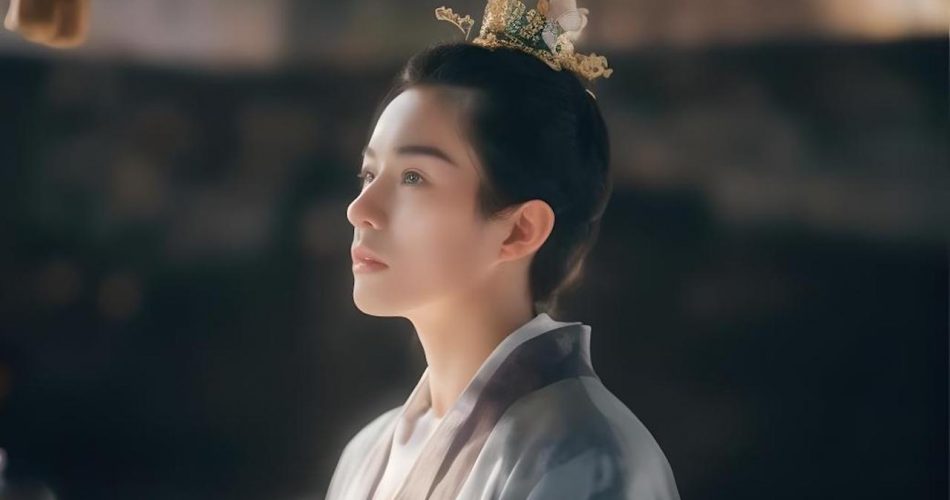In ancient China, both men and women wore long hair. There were various types of hairstyles for ancient Chinese women, and there were many different changes about the hairstyles in different historical periods and social classes.
Compared with ancient women’s hairstyles, there were fewer types of men’s hairstyles, but there were still differences in the hairstyles of men in each dynasty, especially about the hair accessories. This article will introduce 8 kinds of hairstyles of men in ancient China.
Ancient Chinese Male Hairstyles History
- 1. Before the Zhou Dynasty
- 2. The Period from Zhou Dynasty to Qin Dynasty
- 3. The Han Dynasty
- 4. During the Wei-Jin, Northern and Southern Dynasties Period
- 5. During the Tang and Song Dynasties
- 6. Liao, Jin, and Yuan dynasties
- 7. During the Ming Dynasty
- 8. During the Qing Dynasty
1. Before the Zhou Dynasty
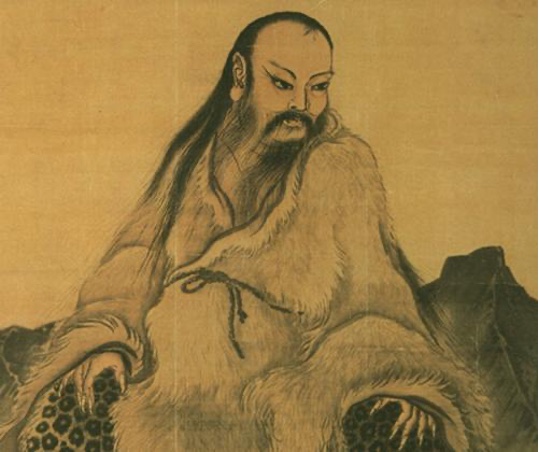
In ancient times, due to the lack of ethical constraints, men’s hairstyles were relatively diverse and changeable. The earliest men’s hairstyles were loosely draped, known as “draped hair”, and they allowed their hair to grow freely.
2. The Period from Zhou Dynasty to Qin Dynasty
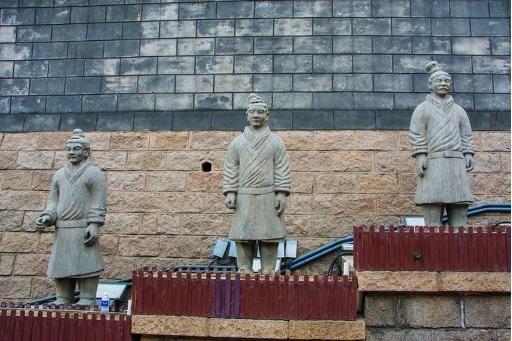
During the Zhou Dynasty, there has been a system of coronal attire etiquette and customs and strict regulations on hairstyles.
According to the etiquette system of the Zhou Dynasty, men must tie their hair, that is, coiling the hair.
The combing method is to gather all the hair up to the top of the head, then cover it with a small crown (also known as a bun crown, mostly made of leather, shaped like a hand grip), and then use a “hairpin” to pass through the small hole in the middle of the crown and fix it.
In the Zhou Dynasty, it was generally only men above the rank of literati (the lowest aristocratic class in ancient times, second to officials) who could use small crowns to tie their hair. If it is a man of low status, they would wrap the bun around a piece of cloth.
It is worth noting that underage men often have their hair covered. They had to wait for the coronation ceremony (adulthood ceremony) before putting on a bun, so the hairstyle of the man at that time could tell whether a man was of age.
3. The Han Dynasty
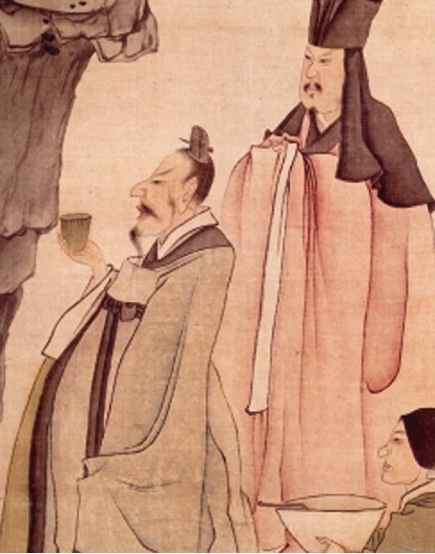
During the Han Dynasty, men’s hairstyles did not change much compared with that in Qin Dynasty, and they were all buns.
But at that time, literati liked decorating their hair by wearing headscarves, among which the widely circulated saying of Zhou Yu (a Confucian general at the end of Han Dynasty) was “feather fan and silk scarf”.
Using a headscarf to decorate the head is a hairstyle similar to a type of women’s hairstyle from the Song Dynasty, known as a bun.
More: Why was the Han dynasty a golden age?
4. During the Wei-Jin, Northern and Southern Dynasties Period

During the Wei-Jin, and Northern and Southern Dynasties, the living customs of the northern nomadic ethnic groups had greatly impacted the Han people.
The literati were unwilling to tie their hair in a bun in a formal manner, but instead, they draped a portion of their hair at the back, resulting in a semi-bun hairstyle that combined Hu and Han styles.
(Hu people: the Northern barbarian tribes in ancient China)
This hairstyle is somewhat similar to one of the popular women’s hairstyles during the Western Han Dynasty – the hanging cloud bun, which appears casual and elegant.
However, this semi-bundled hairstyle has lasted for a relatively short period of time.
5. During the Tang and Song Dynasties

During the Tang and Song dynasties, men’s hairstyles were mainly tied with buns, and it was popular to wrap their hair by wearing scarves.
Futou (turban), similar to a hat, also known as “folded towel” or “soft wrap”, is a soft gauze scarf that wraps around the head. Because the gauze used is usually cyan black, it is also known as “black gauze”, commonly known as “black-gauze hat”.
The turban in the Tang Dynasty was in dome-shaped, with drooping feet that resemble the ears of a rabbit.
The turban of the Song Dynasty is different from that of the Tang Dynasty. The turban is flat-topped, with its feet extending straight to both sides, resembling the wings of an airplane. It is said that this design is mainly to prevent officials from whispering in court.
Different social classes and identities wear different turbans or scarves. It is worth mentioning that in the Song Dynasty, it was also popular for men to wear hairpins on their heads.
Not only gentle and refined Confucian scholars, middle-aged men of all ages, aging elderly people, but even the outlaws of Liangshan Mountain are also enthusiastic about wearing flowers on their heads.
6. Liao, Jin, and Yuan dynasties
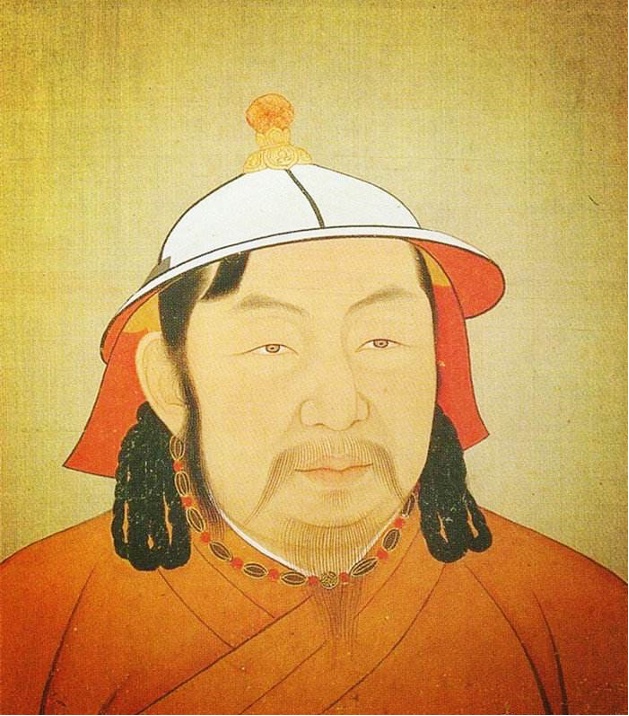
The Liao, Jin, and Yuan dynasties were all established by nomadic tribes. During this period, there was a significant difference between men’s hairstyles and those of the Han ethnic group, with shaved hair at the top and braided hair being the main style.
This hairstyle is to first remove the hair from the top of the head, leaving only a small amount of hair on the temples or forehead, and then tie the remaining hair into a braid style.
This type of hairstyle is to braid a strand of hair on your forehead and the rest into two braids, and then wrap them in two large rings, hanging behind your ears.
7. During the Ming Dynasty

During the Ming Dynasty, the hairstyle of bun tied hair was restored.
The working people tied their hair back into three or two buns; Scholars, officials, nobles, and others usually tied their hair in a bun on top of their heads, and wrapped a net towel around their head to fix their hair.
Therefore, men’s hairstyles in the Ming dynasty usually represent different social classes.
8. During the Qing Dynasty
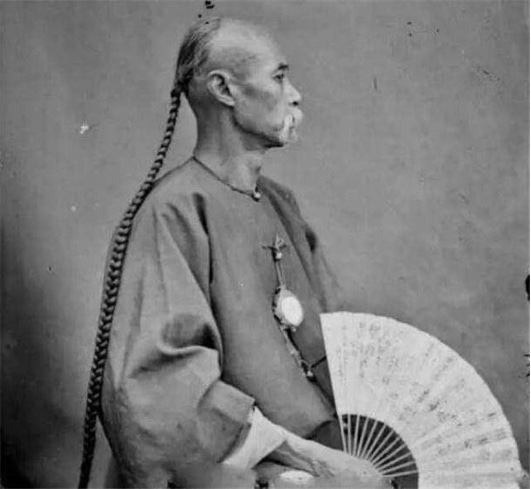
In the early Qing Dynasty, the Manchu rulers brought back the tradition of shaving and braiding hair from nomadic tribes to the Han region, implementing a policy of “keeping hair but not the hair at the top”.
The hairstyle of the early Qing Dynasty was called “chipmunk tail braid”.
This hairstyle first needs to shave almost all of the hair, leaving only a small tuft of hair on the back of the head that looks like a mouse’s tail. And this strand of hair must also be thin enough to pass through the hole in the middle of the coin.
In the mid Qing Dynasty, the pigtail became slightly thicker and was renamed as “pigtail braid”.
The hairstyle of the late Qing Dynasty was called “oxtail braid”, also known as “yin yang head” (half-shaved head).
The so-called “oxtail braid” is to shave off the edges of the head by inches, while retaining long hair in the middle, and then dividing it into three strands to form a thick braid that hangs at the back of the head.
The above are the eight hairstyles of ancient Chinese men, and the changes in hairstyles during different periods also reflect the evolution of ancient Chinese society and the spirit of these historical periods.
From the ancient period of shawl, to the later period of tied hair, and to the Qing Dynasty’s shaving and braiding, each hairstyle represents a man’s social identity and status in different periods.
